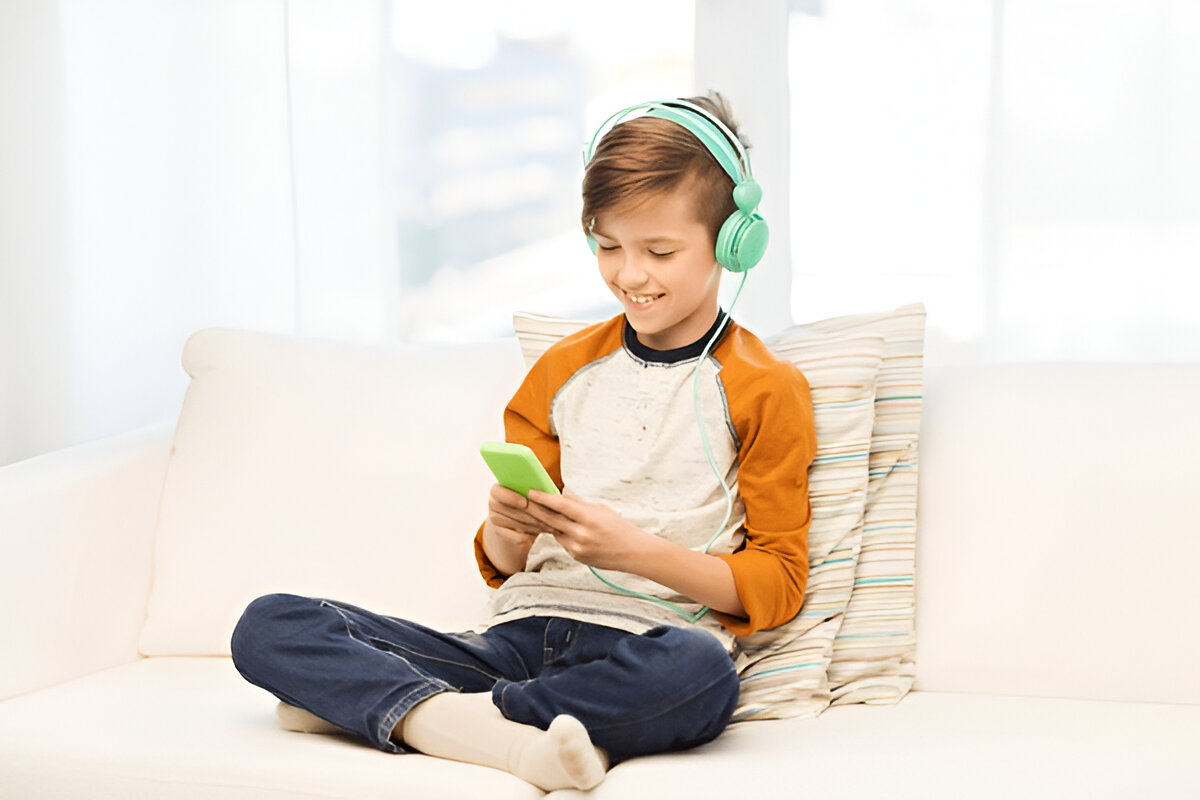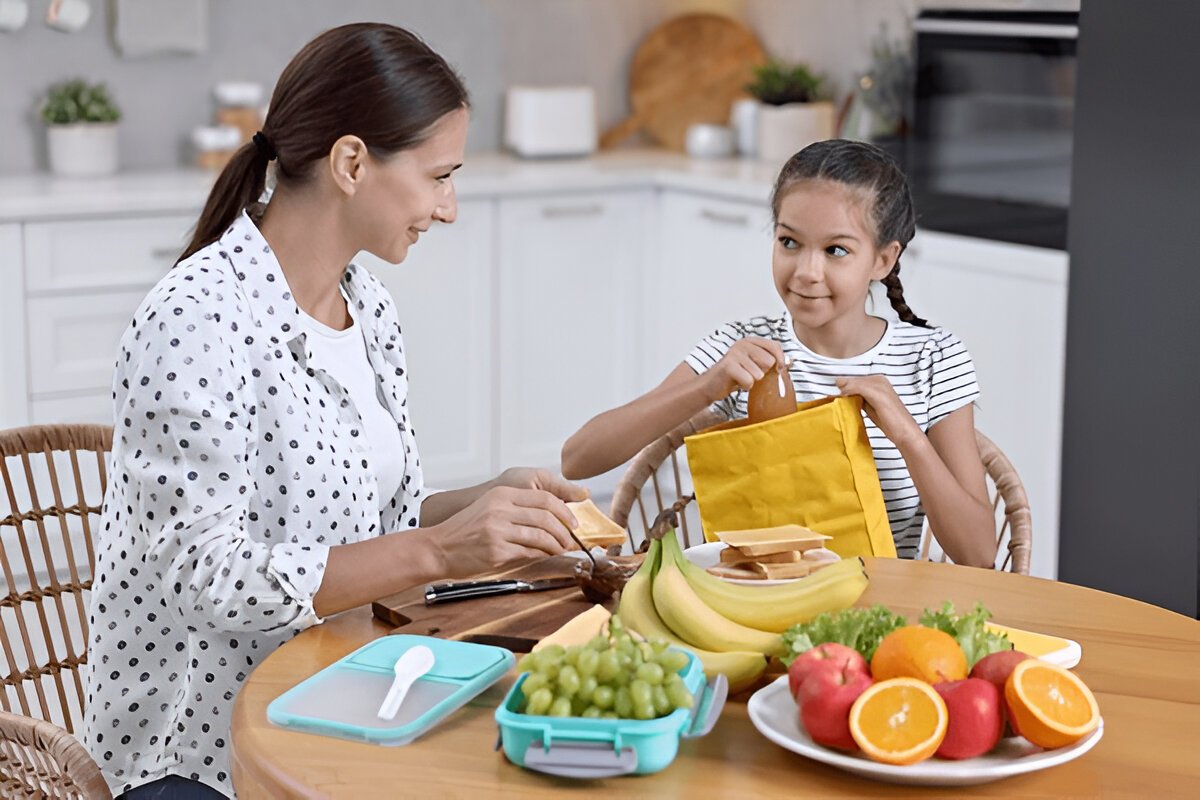Parents often wonder and ask themselves what is best to teach their children. They purchase books, use flashcard, and even take their toddlers for early classes. What if the most effective way for children to learn is by doing something they love to do – play?
This method is referred to as play-based learning, and it is gaining widespread popularity among parents, teachers, and child professionals globally. Play-based learning refers to children acquiring new concepts, constructing new skills, and enhancing their thinking as they play. It can occur through toys, stories, puzzles, or even with technology, such as apps or games.
Here in this blog, we shall discuss why play-based learning is so effective, how it is effective even with screens, and how parents can implement the same in everyday life to teach their child in a natural and entertaining manner.
What Is Play-Based Learning?
Play-based learning is a process in which learning occurs through play. The child isn’t made to sit and learn. Rather, they discover, dream, question, problem-solve, and create stories as they play. It’s not merely enjoyable – it makes children smarter, braver, and more creative.
There are numerous forms of play-based learning. It can be blocks, pictures, role playing as a doctor or teacher, or listening to a story and playing it out. Even when a child is playing a computer game where they must match shapes, recall patterns, or create a story, it is learning through play.
The central concept is that children learn most effectively when they are comfortable, inquisitive, and engaged. This occurs more during play than through passive learning.
Why Play-Based Learning Works So Well
There are numerous reasons why play-based learning works so effectively. For one, it keeps the child engaged. When children play, they’re enthusiastic, concentrated, and willing to go on. This makes their mind more receptive to new concepts.
Second, play-based learning provides the freedom for the child to be in charge. They have a choice. They choose what they want to construct, who they want to be, or how they want to end the story. This type of freedom leads to confidence and decision-making.
Third, it impacts a lot of areas of development simultaneously. One play session can enhance your child’s memory, thinking, vocabulary, self-control, imagination, and social skills. This is far more effective than memorizing letters or numbers.
Second, play-based learning is active learning. Kids aren’t merely watching or listening. They are doing, thinking, talking, and moving. This makes them remember more and learn more quickly.
Is Play-Based Learning on Screens Possible? Yes, If Done Correctly
Most parents are concerned about screen time. And yes, excessive passive screen time – such as watching lengthy videos or cartoons can hamper learning. But all screen time is not negative. If the child is using the screen to play, create, and engage, then it becomes a way of digital play-based learning.
There are also numerous education apps today that adopt this approach (read: kinzy :)). They challenge the child to solve puzzles, pair things, construct narratives, or even react by voice. These games enhance brain abilities such as memory, concentration, logic, and vocabulary.
The trick is to pick the appropriate digital tools – tools that promote interaction, not mere entertainment. If your child is listening to a reading and responding with questions, or creating their own stories through pictures and voice, they are learning in a rich and playful manner.
Play-based learning online is particularly beneficial if you’re a working parent or need to give your child some screen time that is not necessarily mindless. It converts screen time into learning time.
Advantages of Digital Play-Based Learning
When kids use the proper type of digital tools, they are able to acquire a lot of the same advantages that they would receive from play in the real world.
First, computer games can enhance concentration and attention. Most education games consist of little tasks that require the child to think and react. This develops problem-solving and patience.
Second, they develop vocabulary. Apps presented in a storytelling format teach children new words, the structure of sentences, and clearer speech. If the app utilizes the parent’s voice or permits the option of hearing stories in known voices, it provides further comfort and emotional support.
Third, play-based digital tools tend to encourage creativity. They might enable children to construct their own narratives, develop characters, or make decisions that influence the next thing that occurs. This encourages independent thinking in children.
Kinzy take this very route. We enable your child to listen to personalized tales, hear you even when you’re not present, and make up their own fantasy stories – all while in play mode. This type of screen time is more akin to bonding.
How to Introduce Play-Based Learning at Home (with and without screens)
You do not have to do a drastic change to initiate play-based learning. It can be incorporated into your child’s daily life very easily.
You can start with a story. Read a story to your child and then let them tell you what happens next. Encourage them to make up their own ending. You can also initiate pretend play by creating a mini shop, doctor’s corner, or kitchen role play.
For puzzles or drawing, offer your child some plain paper, crayons, or picture puzzles. Allow them to play freely without rules or stress.
This is also the case when using an app or screen. Sit with your child initially. Discuss what they are doing. Ask what they are thinking. Allow them to teach you the game. This turns screen time into active, reflective play.
You can record yourself reading a story using an app like Kinzy. Your child can hear you read to them whenever they wish. This personalizes storytime and creates a stronger emotional bond — even if you are not present in the room.
Play-Based Learning Is All About Creating a Love for Learning
The purpose of learning through play is not merely to learn numbers, letters, or facts. It is to allow children to enjoy the process of learning. When they are happy, free, and engaged, they crave more learning. That becomes a lifelong habit even after they become adults.
Off-screen or offline, play-based learning generates curiosity. It encourages children to ask “how” and “why.” It teaches them to speak, to listen, to move, to feel, and to express. These are the authentic blocks of early learning.
Parents do not have to teach everything. At times, they simply have to provide space and tools, and the child will take care of the rest in play.
Final Thoughts
Play-based learning is among the best methods of making your child develop, not only smarter, but also more confident, creative, and emotionally resilient. Play-based learning is most effective if the child is in a relaxed, joyful, and inquisitive state of mind.
In today’s world, digital tools like apps can also support play-based learning, as long as they are used with care. Choose apps that let your child create, think, and explore – not just sit and watch.
Kinzy is designed with that in mind. It lets your child hear stories from you, make up their own stories, and play basic, considerate games that foster language and imagination. It’s purposeful screen time – and it encourages play-based learning every step of the way.
Try out our App:
App Store: https://apps.apple.com/in/app/kinzy/id6743426150
Play Store: https://play.google.com/store/apps/details?id=club.kinzy.app&hl=en_IN ↩︎





